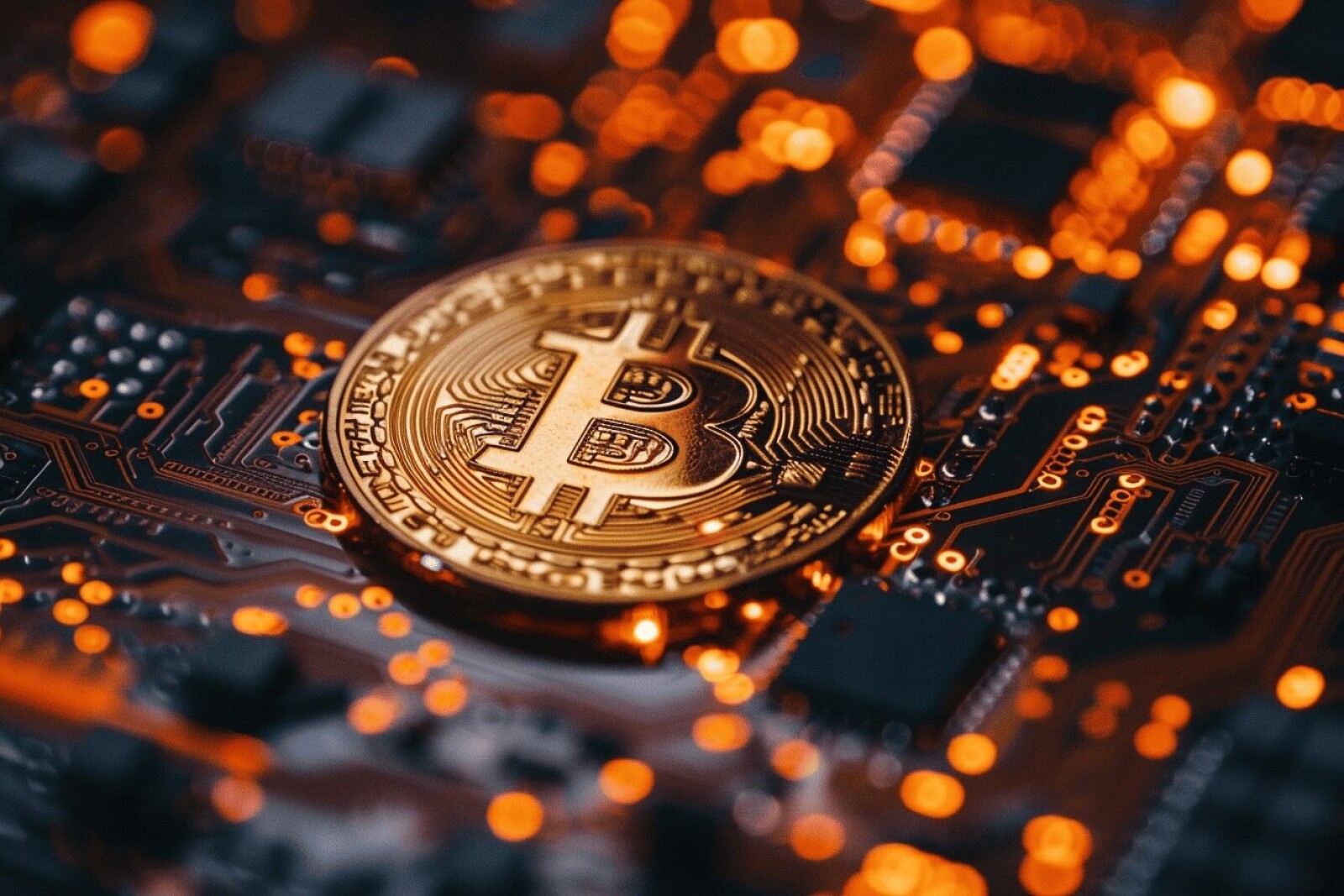
Isabella Chainmore
Mt. Gox 2.0: CoinLab’s Failed Attempt to Revive the Exchange

Mt. Gox, once the largest Bitcoin exchange, collapsed in 2014, leading to significant financial losses for its users. CoinLab’s attempt to revive the exchange under the “Mt. Gox 2.0” initiative was fraught with legal battles and ultimately failed. This article explores the efforts to bring Mt. Gox back to life, the impact on creditors, and the lessons learned from this ambitious but unsuccessful endeavor.
The Collapse of Mt. Gox
The Original Collapse:
In 2014, Mt. Gox filed for bankruptcy after losing approximately 850,000 Bitcoins due to a series of hacks and mismanagement. The collapse left thousands of users with significant financial losses and led to widespread scrutiny of cryptocurrency exchanges.
Creditors’ Struggle:
Following the collapse, creditors of Mt. Gox faced a long and complex legal process to recover their lost funds. The bankruptcy proceedings were mired in delays and legal challenges, with many creditors still awaiting compensation years after the collapse.
CoinLab’s Involvement
Partnership with Mt. Gox:
CoinLab, a cryptocurrency venture founded by Peter Vessenes, initially partnered with Mt. Gox in 2012 to manage its operations in North America. However, the partnership quickly soured, leading to a lawsuit between CoinLab and Mt. Gox over alleged breaches of contract.
Lawsuit and Claims:
CoinLab filed a lawsuit against Mt. Gox, seeking $75 million in damages. The legal battle complicated the bankruptcy proceedings and added another layer of complexity to the efforts to compensate creditors.
Mt. Gox 2.0 Initiative:
Despite the legal disputes, CoinLab proposed a plan to revive Mt. Gox under the “Mt. Gox 2.0” initiative. The plan aimed to relaunch the exchange, compensate creditors, and restore Mt. Gox’s reputation as a leading Bitcoin trading platform.
The Failed Attempt
Legal Challenges:
The revival plan faced numerous legal challenges, including ongoing litigation between CoinLab and the Mt. Gox trustee. The legal disputes hindered progress and created significant obstacles to implementing the proposed revival.
Regulatory Hurdles:
Regulatory hurdles also posed significant challenges to the revival of Mt. Gox. Ensuring compliance with financial regulations and securing the necessary approvals proved difficult, further complicating the efforts to relaunch the exchange.
Lack of Support:
The plan to revive Mt. Gox lacked sufficient support from creditors and the broader cryptocurrency community. Many stakeholders were skeptical of the feasibility and potential success of the initiative, leading to limited buy-in and engagement.
Impact on Creditors and the Crypto Community
Delayed Compensation:
The failed attempt to revive Mt. Gox further delayed the compensation process for creditors. The ongoing legal battles and lack of resolution prolonged the financial hardship faced by those who lost funds in the original collapse.
Erosion of Trust:
The prolonged legal disputes and unsuccessful revival efforts eroded trust in the ability of the cryptocurrency industry to resolve such significant issues. The Mt. Gox saga highlighted the challenges of navigating legal and regulatory complexities in the crypto space.
Industry Lessons:
The Mt. Gox 2.0 initiative underscored the importance of clear legal frameworks, regulatory compliance, and stakeholder support in any effort to revive a failed cryptocurrency platform. The lessons learned have informed future attempts to address similar challenges in the industry.
Lessons Learned
Legal and Regulatory Compliance:
The failed attempt to revive Mt. Gox highlighted the critical importance of legal and regulatory compliance in the cryptocurrency industry. Clear legal frameworks and adherence to regulatory standards are essential for the success and legitimacy of any exchange.
Stakeholder Engagement:
Effective stakeholder engagement is crucial in any effort to revive a failed platform. Gaining the support and trust of creditors, users, and the broader community is essential for the success of such initiatives.
Transparency and Communication:
Transparent communication about plans, progress, and challenges is vital in maintaining trust and support. The lack of clear communication in the Mt. Gox 2.0 initiative contributed to its failure and eroded confidence in the proposed revival.
The Aftermath and Ongoing Efforts
Continued Legal Battles:
The legal battles between CoinLab, the Mt. Gox trustee, and other stakeholders continue. These ongoing disputes hinder progress in compensating creditors and resolving the complex issues surrounding the Mt. Gox collapse.
Compensation Plan:
Despite the failed revival attempt, efforts to compensate Mt. Gox creditors continue. The trustee has developed a compensation plan to distribute the recovered assets to the affected users, although the process remains slow and challenging.
Industry Reforms:
The Mt. Gox saga has driven industry reforms, including the development of stronger security measures, regulatory oversight, and best practices for cryptocurrency exchanges. These reforms aim to prevent similar incidents and protect investors.
Conclusion
The failed attempt to revive Mt. Gox under the Mt. Gox 2.0 initiative serves as a significant chapter in the ongoing saga of the infamous Bitcoin exchange. The legal battles, regulatory hurdles, and lack of support highlighted the complexities and challenges of such an endeavor. The lessons learned from this effort underscore the importance of legal and regulatory compliance, stakeholder engagement, and transparent communication in the cryptocurrency industry. As the market continues to evolve, the legacy of Mt. Gox remains a cautionary tale, emphasizing the need for robust frameworks and practices to protect investors and maintain the integrity of the digital asset ecosystem.













